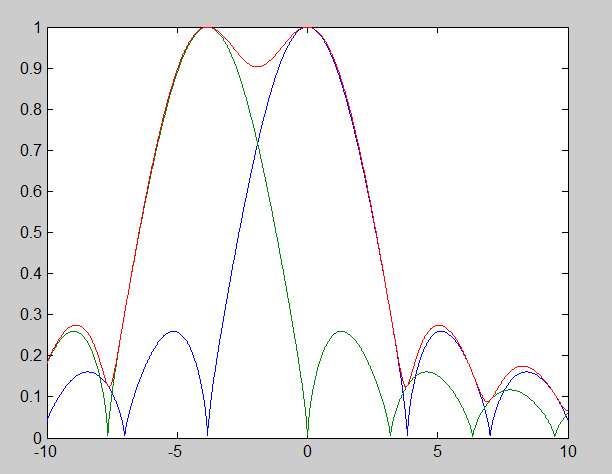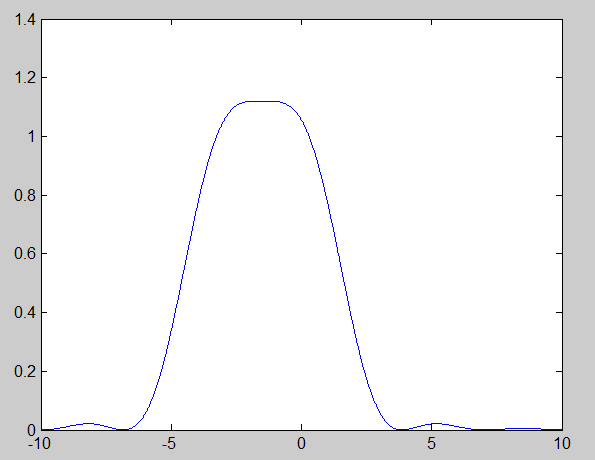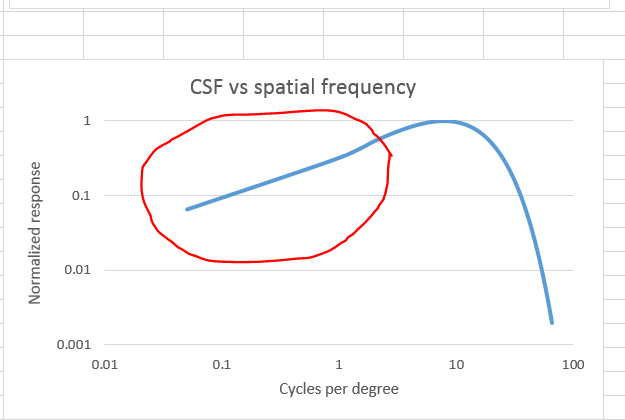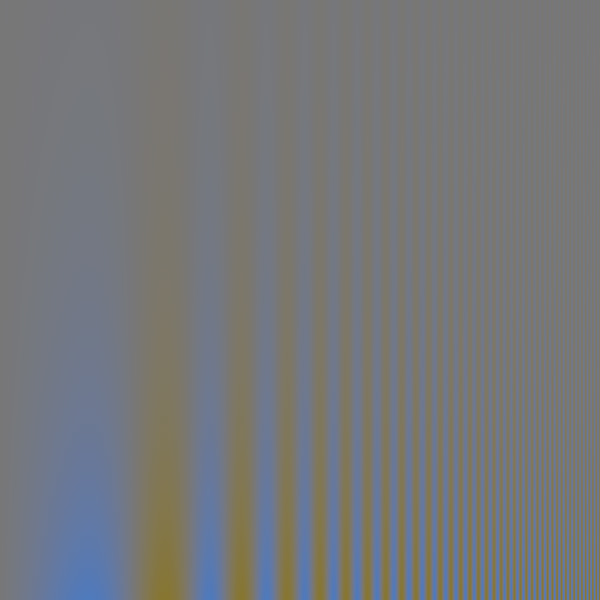If you’ve ever spent time with a good astronomical telescope and a short-focal-length eyepiece, you know that Airy disks don’t look like the ones I graphed in the preceding post. The rings (bumps in cross-section) around the central haystack are much more prominent. What gives? Am I lying to you? Is my math wrong? Here’s… [Read More]
Camera vs sensor resolution
There’s been a lot of discussion on the web about the relationship of lens and sensor resolution. Questions often go something like, “Is putting lens A on camera B as waste of money, since lens A can resolve X while camera B can only resolve Y?” I looked around and found that there’s a body… [Read More]
Contrast Sensitivity Functions and the Bayer Array
In this post , I looked for drop offs in chromaticity in the octave or two before the highest image frequencies, and failed to find them. Some had hypothesized that such a drop would be a reason for the relative undersampling of chromatic versus achromatic information in the Bayer Color Filter Array (CFA). I did find… [Read More]
Contrast Sensitivity Functions and Photography
Let’s look first at the drop in luminance contrast sensitivity at low spatial frequencies. That’s why dodging and burning works. Slow changes in luminance are introduced by the printer (in the old days) or editor (now) so that local contrast can be higher or to call attention to or from image elements. Done right, the… [Read More]
Chromaticity Contrast Sensitivity Functions
Yesterday, I presented material on how people’s ability to perceive small – and not so small – luminance changes varies with spatial frequency. Today, I’ll talk about how our ability to perceive changes in chromaticity (color without luminance) varies as spatial frequencies are manipulated. Yesterday, I started with the graphs and followed up with the… [Read More]
- « Previous Page
- 1
- …
- 258
- 259
- 260
- 261
- 262
- …
- 384
- Next Page »




